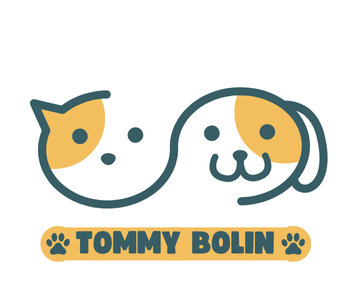Overview of Plastic Pollution Impacting Seabirds
Plastic pollution in UK waters poses a significant environmental threat, especially to seabirds. However, the extent of this pollution is concerning as it affects diverse marine life. Substantial amounts of plastic waste are located in these waters, contributing to the degradation of marine ecosystems.
The ingestion of plastic is particularly harmful to seabirds, affecting their health and survival. When seabirds consume plastic debris, it leads to physical injury and internal blockages. The toxic substances released from plastics can result in critical damage to their organs and tissues. This ingestion impacts their ability to absorb nutrients, ultimately hindering their growth and reproduction.
A lire aussi : Reviving the Bumblebee: Key Initiatives in the UK to Combat Declining Populations
Statistics highlight the grave reality facing seabirds due to plastic pollution. Mortality rates are alarmingly high, with numerous species at risk. In fact, research exhibits a staggering increase in seabird deaths attributed to the ingestion of plastics. Environmental experts estimate that nearly one million seabirds die yearly because of entanglement or ingestion of plastic waste.
Raising awareness of the detriments of plastic pollution on seabirds can propel efforts towards cleaner oceans. Implementing policies aimed at reducing plastic production and improving waste management are essential steps to safeguarding seabird populations.
Cela peut vous intéresser : 10 Effective Ways You Can Help Protect Otters and Their Habitats in UK Rivers
Current Initiatives in the UK
Recent efforts within the UK initiatives have taken a multifaceted approach in addressing environmental issues, particularly concerning marine life protection. These initiatives are spearheaded by various governmental actions and collaborative endeavors.
Government Policies on Plastic Waste
The UK government has imposed stringent regulations targeting plastic waste, which greatly impacts marine habitats. These policies aim to reduce single-use plastics by imposing bans and promoting alternative materials. This approach not only mitigates direct harm to marine life but also sets a precedent for sustainable practices.
NGO Efforts in Seabird Protection
On the front of seabird protection, non-governmental organisations (NGOs) play a critical role. Through educational programs and funding campaigns, NGOs strive to increase public awareness of the dangers faced by seabirds. Their efforts extend beyond advocacy, focusing on tangible measures to enhance seabird safety and prevent unnecessary harm.
Collaborative Projects with Marine Conservation Groups
Significant progress has been made through projects initiated by marine conservation groups, in collaboration with government and NGOs. These partnerships work toward a sustainable future by championing the health of ocean ecosystems. Collectively, they aim to implement forward-thinking strategies, integrating diverse expertise and resources to bolster seabird and marine life safeguards.
Case Studies of Successful Interventions
Exploring success stories in conservation provides valuable insights into the potential impact of well-implemented initiatives. One noteworthy case study is the local initiative on the island of St. George, Alaska. The community implemented a program focused on reducing seabird bycatch in the fishing industry. This initiative has significantly decreased the mortality rate of endangered seabirds, demonstrating the power of targeted efforts combined with community involvement.
In another compelling example, the S.A.F.E. (Seabird and Fisheries Engagement) program in New Zealand has shown substantial conservation impact. By adopting innovative technologies, such as bird excluder devices on fishing nets, they achieved a remarkable 60% reduction in seabird deaths over five years. This success reinforces the importance of integrating science with local practices to drive tangible results.
Community engagement plays a pivotal role in these conservation impact stories. On the Peruvian coast, residents participated in education programs about seabird species and their ecosystems. This grassroots approach fostered a profound connection between people and their natural surroundings, enhancing efforts to protect these vital creatures. Effective case studies showcase that blending scientific solutions with community agency can yield notable success in seabird preservation.
Recommendations for Public Involvement
Engaging the public in meaningful ways is essential for environmental progress. Reducing plastic use in daily life can start with small but impactful individual actions. Simple changes like using reusable bags, avoiding single-use plastic products, and opting for alternatives like glass or metal can significantly diminish plastic waste.
Reducing Plastic Use in Daily Life
Making conscious choices in personal practices is a cornerstone of public engagement. Opt for products with minimal packaging, buy in bulk, and support brands committed to sustainability. Additional individual actions include spreading awareness among peers and encouraging others to adopt similar habits.
Participating in Local Clean-Up Events
Community involvement can further amplify efforts against plastic pollution. Numerous local clean-up events occur regularly, focusing on waterways and public spaces. Participating in these events not only improves the environment but also raises community awareness. Check local community boards or environmental group websites for information on how to get involved.
Advocating for Policy Changes
Lobbying governments and organisations to implement stricter environmental protections is powerful. Engage through digital platforms, write to policymakers, or join advocacy groups. Community involvement in policy change can ensure sustainable practices. Encouraging wider public engagement can shift the political landscape toward stronger environmental policies, fostering comprehensive improvements.
